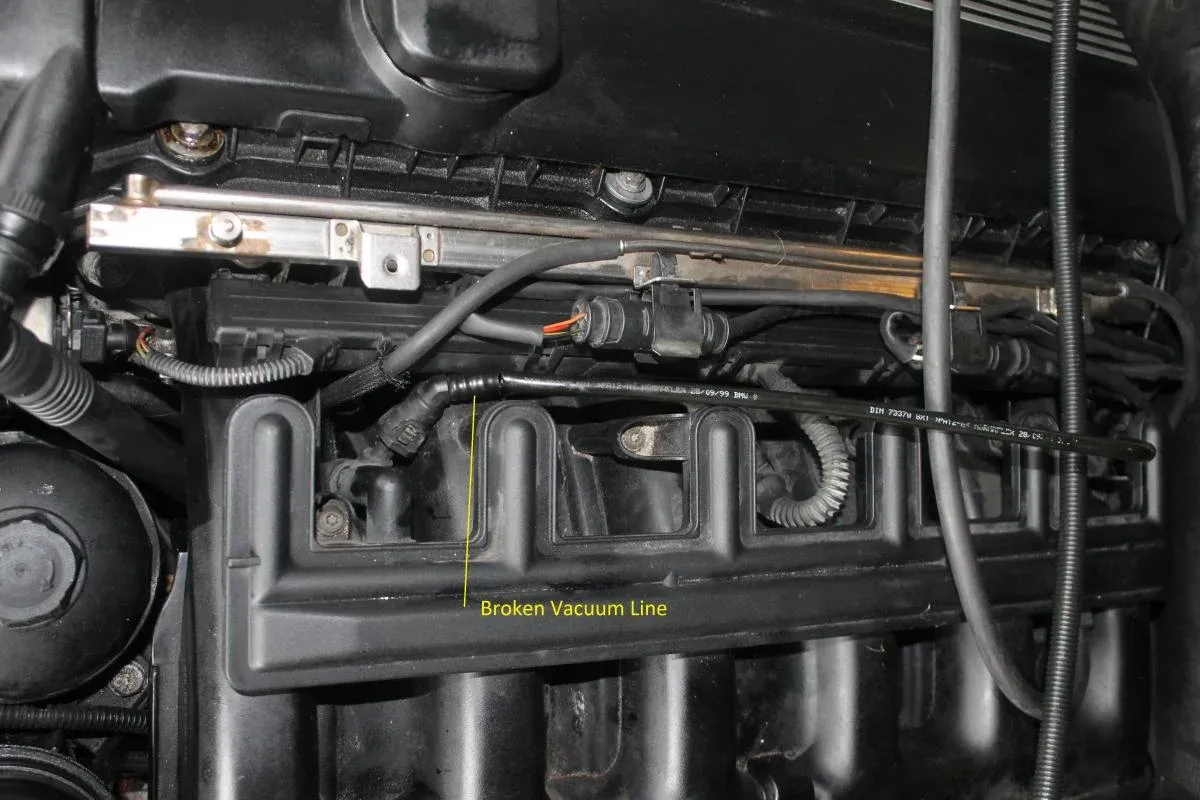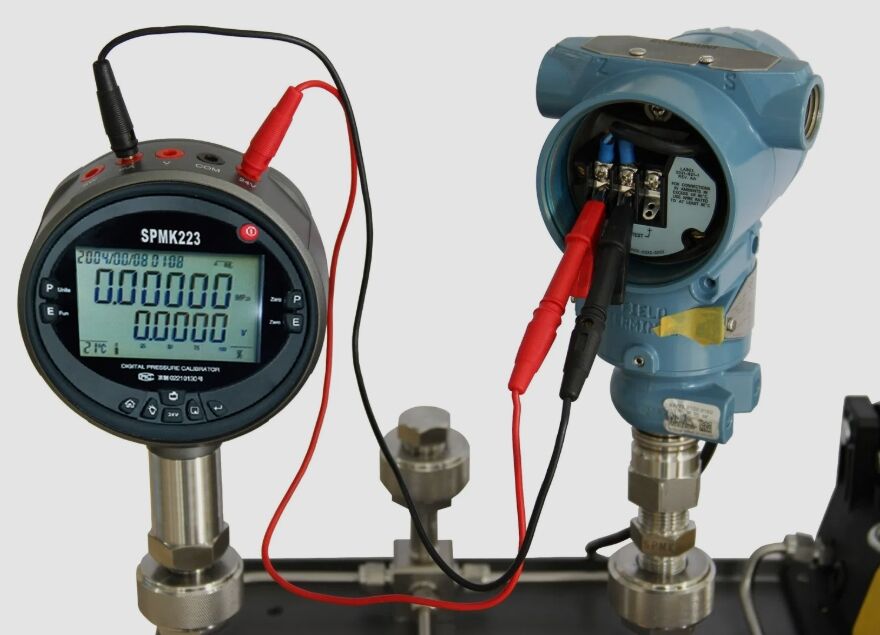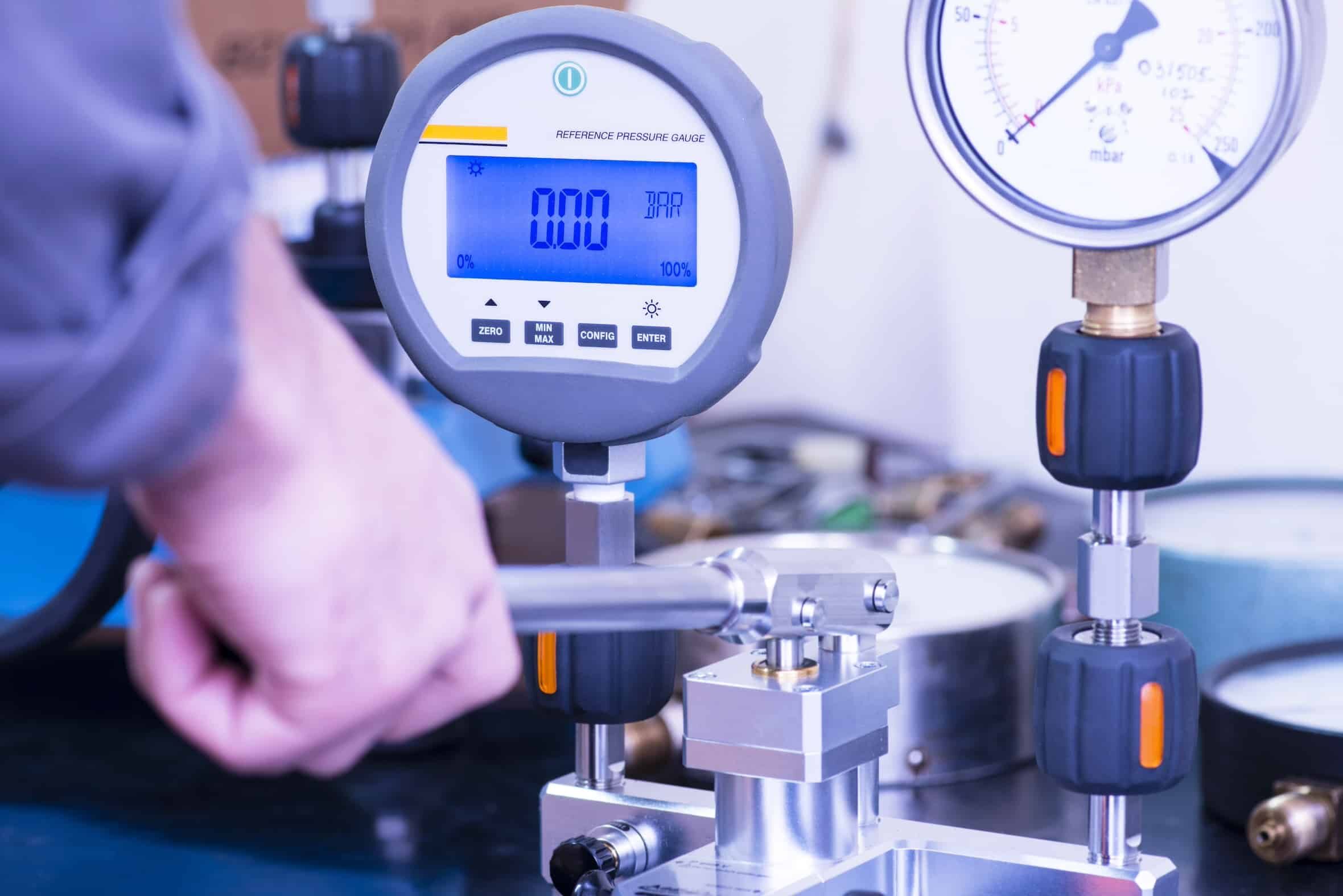Fuel pressure regulators (FPRs) ensure your engine receives the right fuel pressure for optimal combustion. When they fail, pressure inconsistencies can cause lean or rich fuel mixtures, leading to misfires, poor acceleration, and even catalytic converter damage. Faulty regulators often leak fuel into the vacuum line or fail to maintain pressure under load. Traditional testing methods, like analog gauges, lack the precision to diagnose subtle issues—but HTL’s digital pressure calibrators provide real-time data and adjustability to pinpoint and fix problems quickly.
Hard starting or stalling due to low pressure.
Black exhaust smoke (rich mixture) or engine knocking (lean mixture).
Fuel odor from a ruptured diaphragm leaking fuel into the vacuum hose.
Erratic idle or sudden RPM drops.
Root Causes of Failure:
Worn diaphragm or O-rings.
Stuck or corroded pressure relief valve.
Clogged vacuum reference port.

HTL’s tools replace guesswork with data-driven diagnostics:
Real-time pressure monitoring: Track fluctuations from 0–100 psi (or custom ranges) with ±0.1% accuracy.
Leak detection mode: Identifies pressure drops as small as 0.5 psi/minute.
Adjustable setpoints: Simulate operating conditions (e.g., idle vs. WOT) to test regulator response.
Bluetooth connectivity: Export data to diagnostic software for in-depth analysis.

1. Connect the Calibrator
Attach HTL’s tool to the fuel rail test port.
For regulators with vacuum lines, connect a vacuum pump to the reference port.
2. Baseline Pressure Test
Turn the ignition on (engine off) to prime the fuel system.
Record static pressure (typical: 40–60 psi for direct injection engines).
3. Test Under Load
Start the engine and monitor pressure at idle (should drop slightly if vacuum-referenced).
Rev the engine to 3,000 RPM; pressure should stabilize within OEM specs.
4. Leak Detection
Shut off the engine and activate HTL’s leak test mode.
A drop 5 psi in 10 minutes indicates a faulty diaphragm or internal leak.
5. Adjust or Replace
For adjustable regulators, use HTL’s tool to set pressure via the calibration screw.
If defective, replace the FPR and retest.

| Factor | Analog Gauge Testing | HTL Digital Calibrators |
|---|---|---|
| Accuracy | ±5% (human reading errors) | ±0.1% (automated data logging) |
| Diagnostic Speed | 30–45 minutes (manual calculations) | 10–15 minutes (real-time alerts) |
| Leak Sensitivity | Detects drops 2 psi | Detects drops 0.5 psi |
| Versatility | Limited to pressure checks | Tests regulators, pumps, and injectors |
Ignoring vacuum reference: Test both pressurized and vacuum modes.
Over-tightening test ports: Stripped threads worsen leaks.
Testing cold systems: Fuel viscosity affects readings—warm up to operating temp.
A performance shop struggled with intermittent misfires in a modified turbocharged engine. Traditional tests showed “normal” pressure, but HTL’s calibrator revealed:
Pressure spikes (70 psi) under boost due to a stuck regulator.
Slow leak (1.2 psi/min) from a cracked diaphragm.
Post-repair, the engine achieved stable AFRs and regained 30 hp on the dyno.
Fuel pressure issues are often elusive, but HTL’s digital calibrators turn diagnostics from frustration to certainty. By combining real-time data with adjustable testing, you’ll restore fuel system integrity and keep engines running smoothly.
Q: Can I test a vacuum-referenced FPR without a vacuum pump?
A: No—simulating vacuum is critical to accurate diagnostics.
Q: How often should regulators be tested?
A: During tune-ups, after fuel system repairs, or if symptoms arise.
Q: Does ethanol fuel affect FPR lifespan?
A: Yes—ethanol degrades rubber diaphragms faster. Inspect annually in flex-fuel vehicles.
With HTL’s tools, you’re not just fixing regulators—you’re safeguarding engines. 🚗⛽🔧
